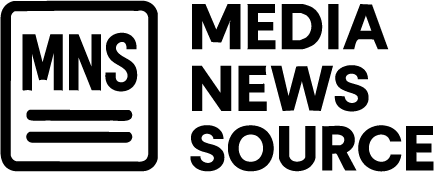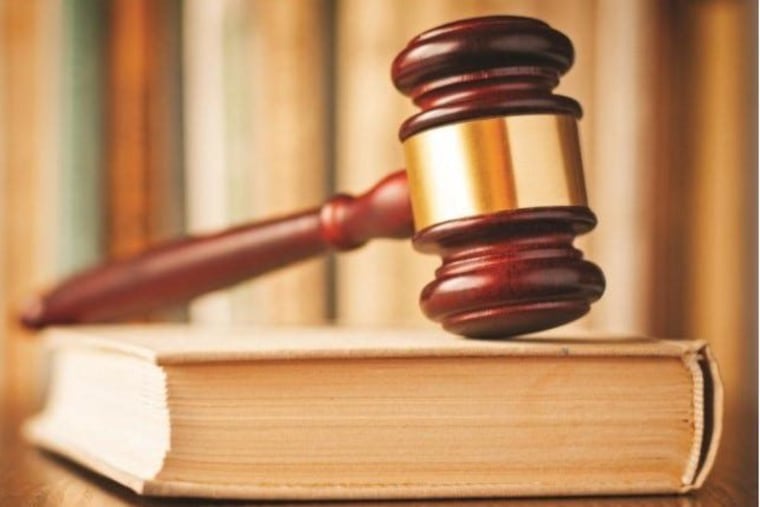New guidelines indicate how to determine if tariffs could trigger a recession.
In a developing economic landscape, recent policy decisions by the Trump administration have sparked significant concern regarding the stability of the U.S. economy. The recent imposition of substantial tariff increases is causing anxiety among economists, Wall Street executives, and investors, all of whom are wary of the potential for a recession.
Set to take effect shortly, the newly announced tariffs include a comprehensive 10% duty on goods from nearly all countries, alongside additional import taxes affecting 60 nations. Many economists assert that the abruptness and scale of these tariff hikes are likely to have disruptive effects on the economy, even if negotiations result in a reversal or reduction of these increases in subsequent weeks or months.
Goldman Sachs economists have elevated their assessment of the likelihood of a recession to 45%, up from 35% just one week prior. This forecast acknowledges that further deterioration may be anticipated if tariffs remain unaddressed. In parallel, JPMorgan has projected a 60% chance of recession, estimating inflation could reach 4.4% by the close of this fiscal year, a notable increase from the current rate of 2.8%.
Economists warn that prolonged tariff implementation could inflate costs and generate uncertainty for businesses, potentially leading to a decrease in hiring and investment. Additionally, consumer behavior may shift as Americans reconsider their spending in light of rising prices. While the economy exhibited a growth rate of 2.8% in the previous year, analysts are now closely monitoring the implications of these tariffs on future economic performance.
Current economic indicators, including job creation rates, remain robust, with employers adding a higher-than-anticipated number of jobs as recently reported. However, consumer and business surveys indicate escalating concerns surrounding the economy’s trajectory, prompting vigilant observation from financial institutions and economic authorities, particularly the Federal Reserve.
The Federal Reserve’s position remains precarious as expectations mount for a potential reduction in interest rates by mid-year. Economists contend that tariffs complicate the Fed’s decision-making, as maintaining higher borrowing costs would typically be preferred to curb inflation. However, should economic conditions worsen, the Fed may need to respond with cuts to stimulate growth.
Determining the onset of a recession is the responsibility of the National Bureau of Economic Research, which utilizes a range of economic indicators and trends before officially classifying a recession. Historically, there is a significant lag in their announcements, often revealing the economic downturn only after it has set in.
Overall, the ramifications of the new tariffs are ongoing and complex, with a mix of optimistic indicators and troubling forecasts creating a climate of uncertainty among consumers, businesses, and policymakers alike. The next few months will be critical in assessing the broader impact of these economic policies on the American economy.
In the meantime, as critical data continues to emerge, it is incumbent upon all stakeholders to remain vigilant and responsive to the shifting economic landscape. Media News Source.







